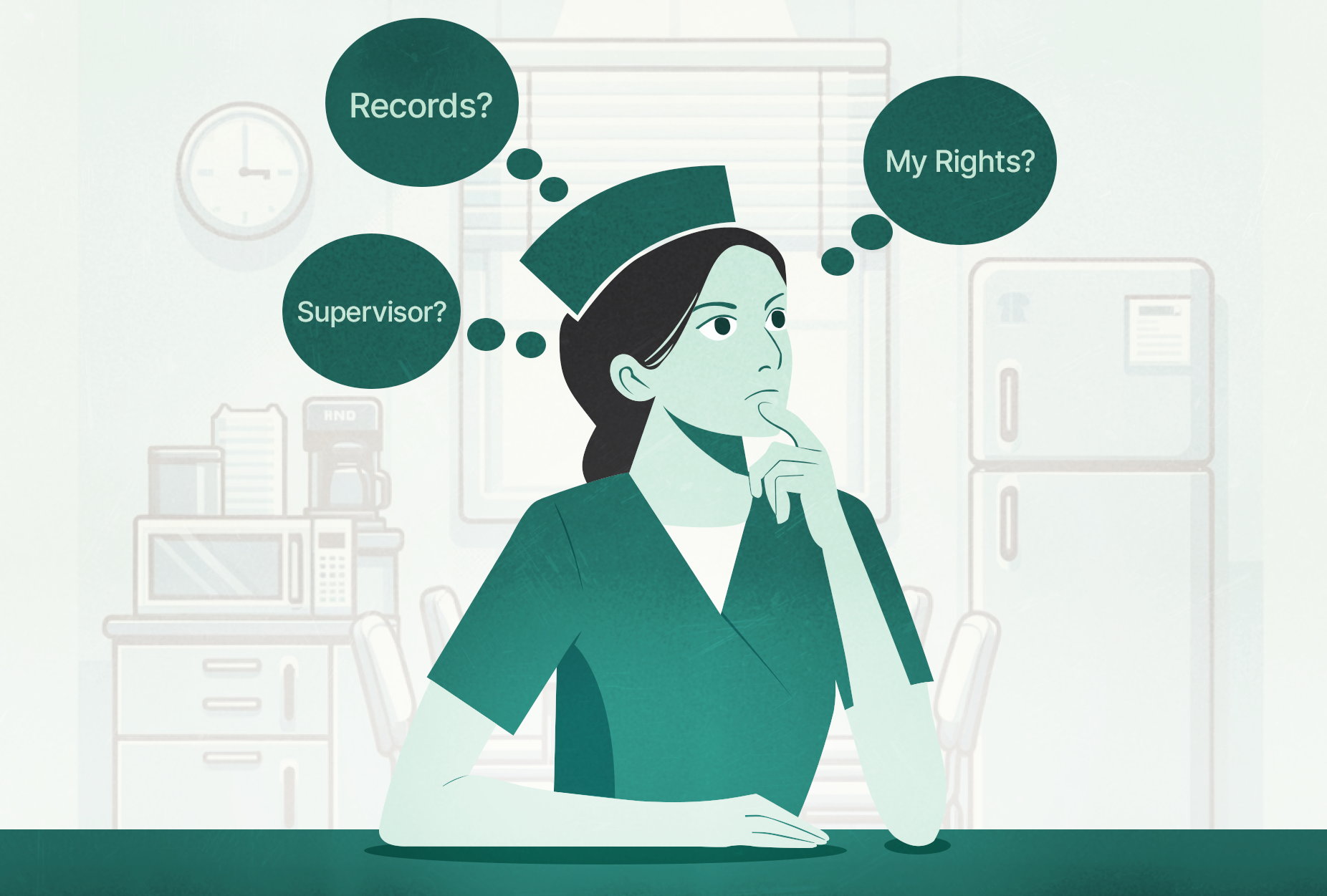DLaw’s Sona Arakelyan Shares Her Top Tips for Helping California Workers Deal with Wrongful Termination


Sona Arakelyan is a top attorney at DLaw (aka Davtyan Law Firm), an accredited, 4.5+ star rated legal firm that has protected the rights of hundreds of thousands of workers and recovered over $150 million for California’s blue-collar community.
Sona, a Southwestern Law School Juris Doctor graduate, specializes in a broad range of employment disputes that impact California’s working class.
To reinforce DLaw’s mission of “Champion for California’s working class,” Sona shares valuable tips to help workers who may be victims of unlawful treatment and wrongful termination.
- What advice do you give workers who are currently employed and are concerned about wrongful termination?
If you feel you are treated unlawfully and are at risk of being wrongfully terminated, resigning may not be the best option. Walking away from a job could impact a potential lawsuit, access to evidence, and recovery of damages.
- What advice do you give workers who are fired and are considering a wrongful termination lawsuit against their employer?
Before the company cuts access to your employee portal, make sure to save all your paystubs, employer handbook/policies, and any relevant communications with the company. You should also gather any helpful photos, videos, text messages, social media messages, voicemails, medical reports, witness statements, and any written complaints to the company.
Companies typically do not want to give you a reason for the termination. This is because anything they say can be used against them down the line. Regardless, try to be persistent in requesting this information. Find out the reasons behind your termination.
- What are common examples of wrongful termination?
Common examples of wrongful termination include being fired for:
- Reporting an incident of sexual harassment or any other unlawful activities to human resources;
- Submitting a doctor’s note requesting accommodations for a medical condition or disability;
- Taking a sick day or going on a medical leave;
- Bringing to the company’s attention that you have been underpaid.
An employer, however, will likely not reveal the true reason when wrongfully terminating an employee.
- What does at-will employment mean?
Wrongful termination cases can be difficult to identify and prove because California is an at-will state. At-will employment means that a company can terminate an employee for almost any reason or no reason at all, with or without notice. The law, however, provides many exceptions to this general rule. Skillful employment attorneys can help identify the right exceptions to be able to successfully claim wrongful termination.
- How are California workers protected under state law?
California law has several key provisions to protect employee rights, which include:
- Discrimination (if the worker has been specifically targeted and treated differently due to his or her status as a protected class member);
- Harassment (there was a hostile work environment because of a worker’s status as a protected class member);
- Retaliation (the company retaliated against a worker after they engaged in a protected activity, such as taking a sick day or going on a medical leave).
- What are the protected classes in California?
The protected classes in California include race, color, national origin, ancestry, gender, sex, gender identity, gender expression, sexual orientation, age over 40, religion, medical condition, disability, military status, veteran status, marital status, pregnancy, and childbirth.

Ready to get started?
Contact us now for a free consultation to find out how we can help you.















